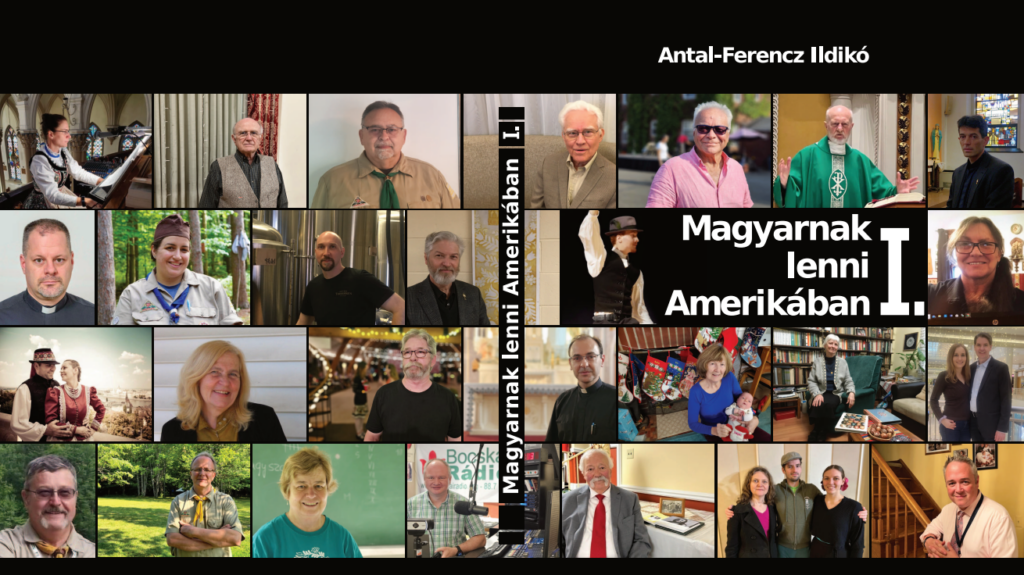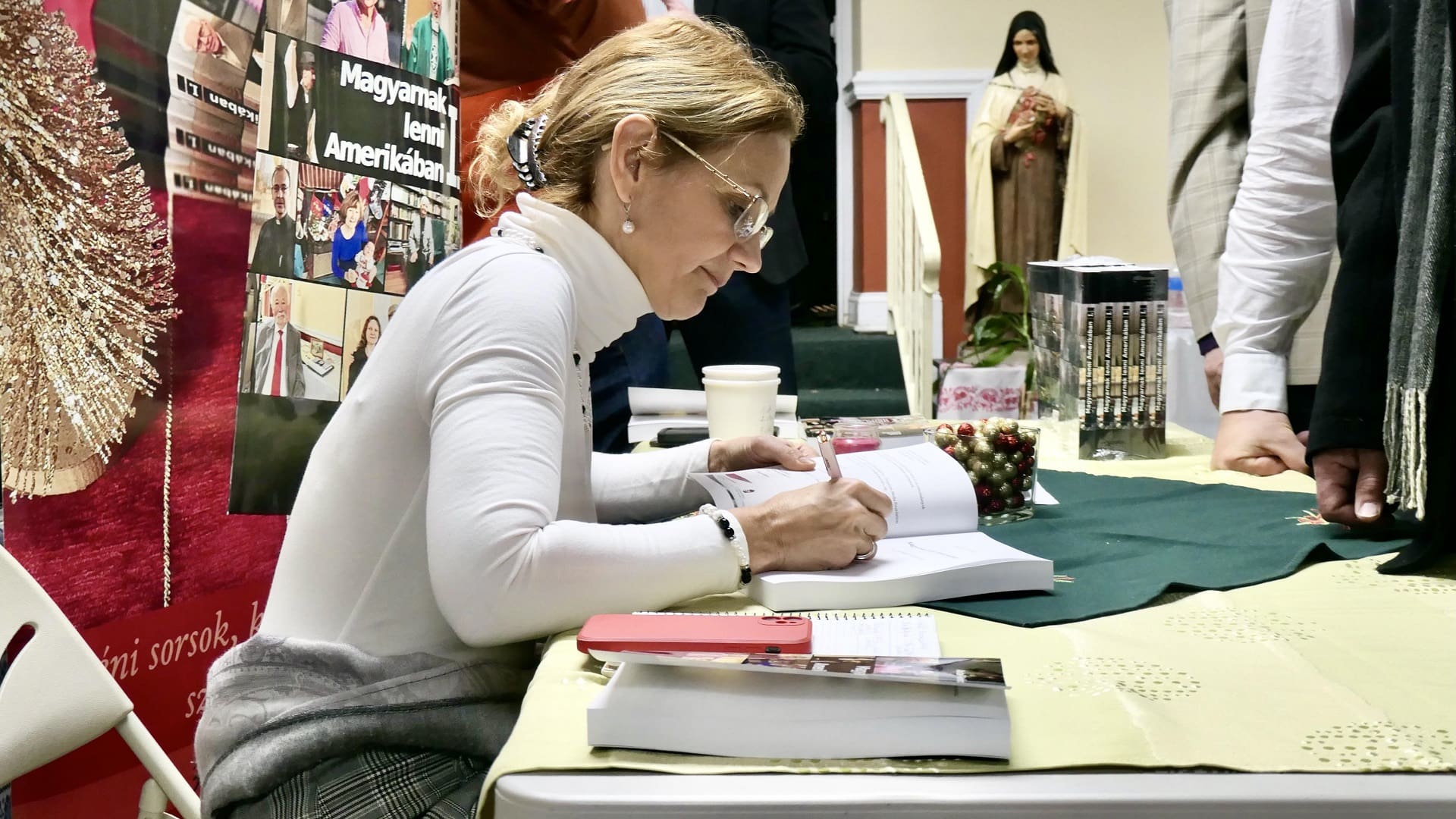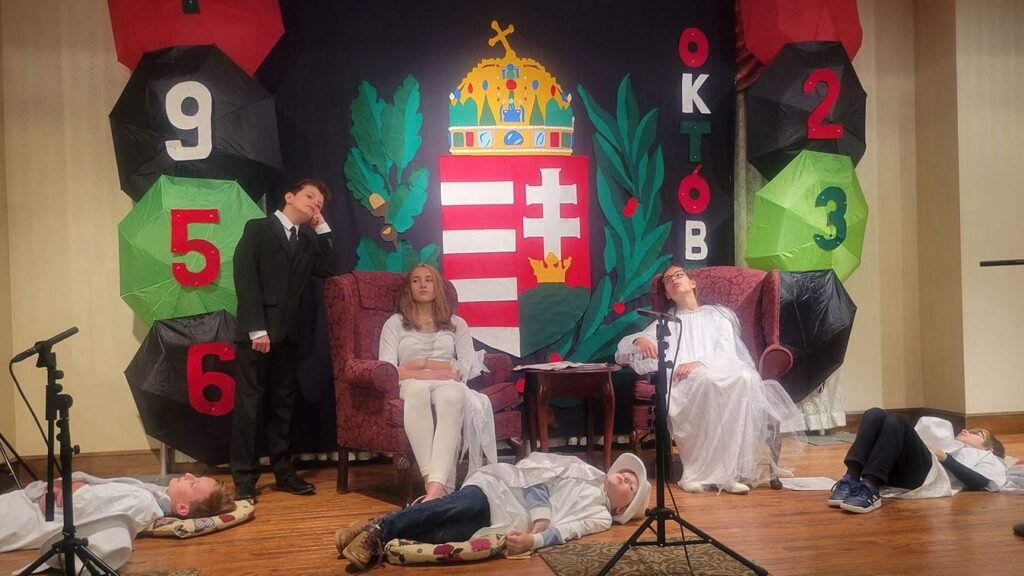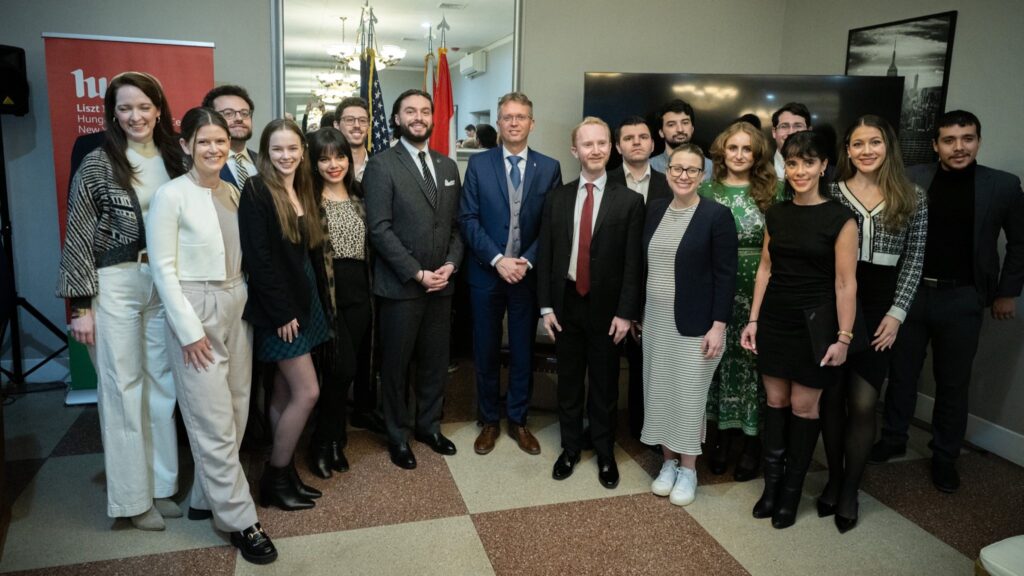To Be Hungarian in America, a collection of interviews with prominent Hungarians living and working in the North American Hungarian diaspora, has recently been published by the Bocskai Rádió in Cleveland, Ohio. The author is our very own Ildikó Antal-Ferencz, a frequent contributor and the US diaspora correspondent to our site. She is a freelance journalist, who moved to Denville, New Jersey with her family in the summer of 2022.
‘The resilience and admirable community involvement of the Hungarian-Americans showcased in this publication—by which they essentially became the guarantee of the persistence of the Hungarian-American community—can serve as an example, inspiration, and reassurance for us all,’ she wrote in the author’s note for her book.
No Title
Uploaded by None on 2024-01-08.
Dr Péter Szilágyi, Deputy State Secretary for National Policy in the Hungarian National Assembly also wrote a foreword of his own for the book (which was published with funding from the Hungarian government). He pointed out: ‘If I had to summarize the content of this book in one sentence, I would write: adventurous life paths, inspiring stories, outstanding personalities—all in one publication.’ As Mr Szilágyi points out,
each story in the collection is a battle won for the Hungarian community’s survival in the United States, thousands of miles away from the motherland.
One of the unique individuals interviewed is pianist Tünde-Ilona Krasznai. The Hungarian musician was born in Kolozsvár (Cluj-Napoca, Transylvania, Romania), but is currently living on the East Coast of the US, in Connecticut.
She learnt to play on a piano she got from her grandfather, which later turned out to be a highly valuable antique piece made in the mid-19th century. After graduating from the Liszt Ferenc Academy of Music in Budapest, Hungary as a concert pianist, she started travelling around the world, visiting places in the Middle East, Central Asia, and North America—where she eventually settled. Wherever she went, she always sought out the local Hungarian (and protestant) communities. When settling in Fairfield, Connecticut, she opened the Hungarian School of Arts. Why didn’t she opt for running a music-specific school? Because she believes that all art is a search for perfection, for something out of this world, maybe even for God; and is also a great tool for teaching and learning Hungarian language as well as for building a community.
The St Stephen of Hungary Catholic Community in New York City, New York celebrated its 120th anniversary on 19 November 2022.
On the occasion, the author sat down with Róbert Winer, the president of the community’s civil council, who told her about the history of the Hungarian diaspora in New York City. The first major wave of Hungarian immigrants reached the shores of the United States in the second half of the 1800s, the majority of them arriving in New York City. Many of them moved along, however, also many of them ended up settling there. Today, the number of ethnic Hungarians living in New York is around 50,000. The St. Stephen of Hungary Catholic Community was founded on 2 August 1902, and has been a beacon of Hungarian community life in New York City since, even after the closure of the St. Stephen Hungarian Church, serving as a spiritual haven for a few dozen Hungarians, some of whom had been baptized, had found their life partner, got married, and/or requested to be buried there.

Many of our Hungarian brethren went to the United States to seek refuge from the tempests of European history. One of these people is Viktor Fischer, a former scoutmaster in New York, who fled Hungary in 1945 to escape the Soviet occupation. Sadly, while travelling through Austria, one of the trucks carrying their family cargo was hit by an American bomber plane. But, through all the perils, Mr Fischer and his family did make it to the United States by November 1951. Where he settled and ended up becoming a ‘lifelong scout,’ as he likes to refer to himself.
These are just three examples of the 36+1 pieces of exciting interviews, mostly with people from New Jersey, New York, and Ohio, but also one each from Connecticut, Pennsylvania, Michigan, California, and Canada. About half of the interview subjects are scouts, the other half are folk dancers or Hungarian school leaders, as well as five Catholic priests, two Reformed Church pastors, and the wives of two pastors. They are all dedicated and committed Hungarian Americans who are active in their local Hungarian communities, ranging from 17 years old of age to 84 years old.
If you are interested in getting yourself a copy, please contact ildikoantalferencz@gmail.com or molnar.zsolt@bocskairadio.org.
Related articles:








